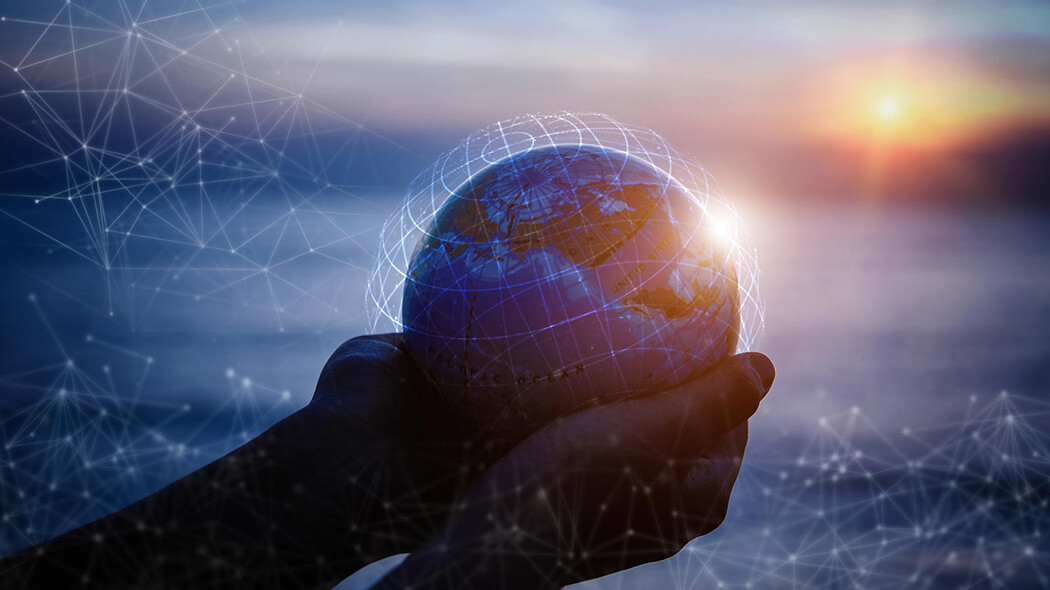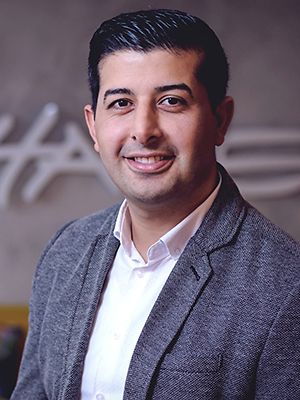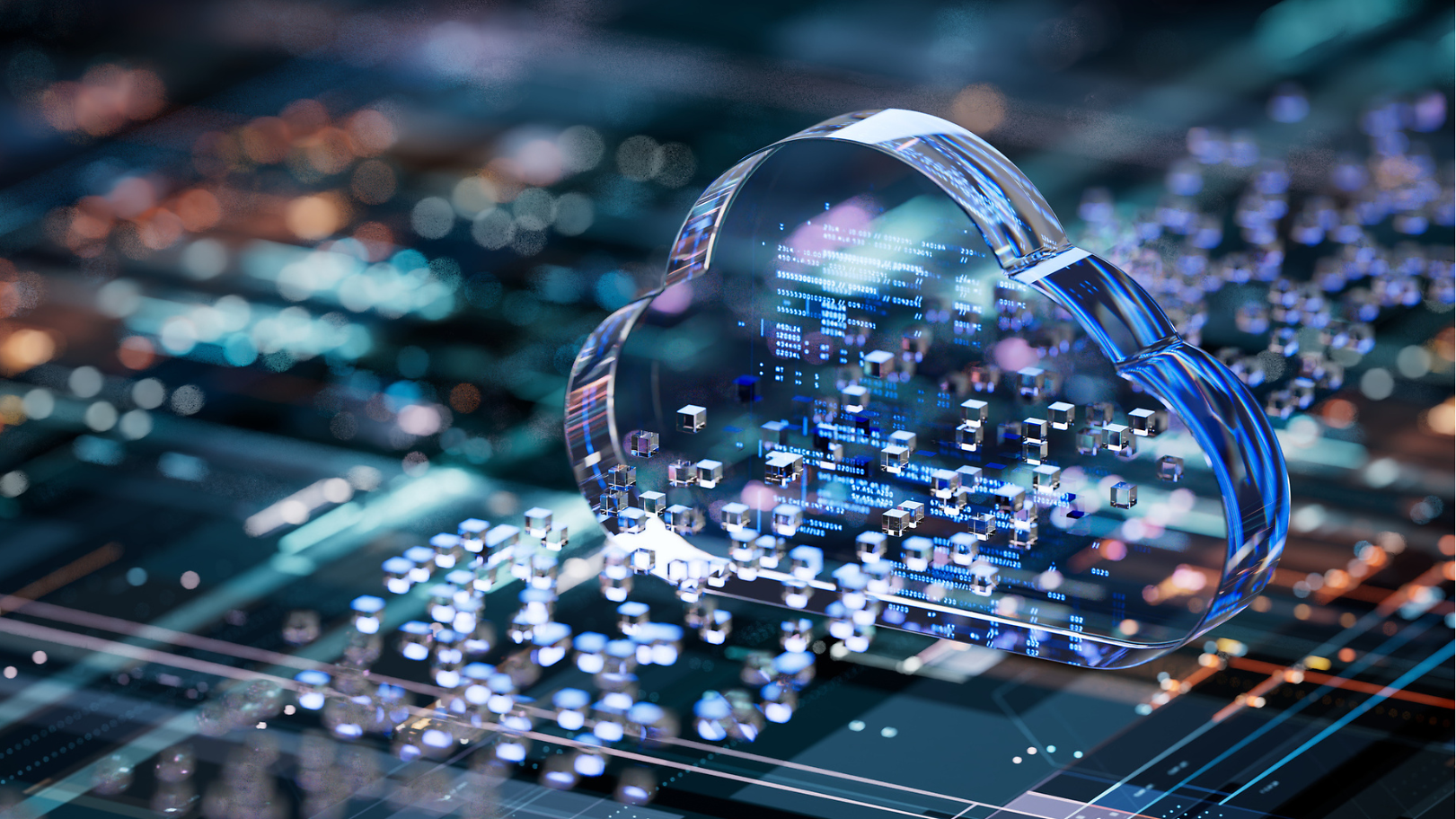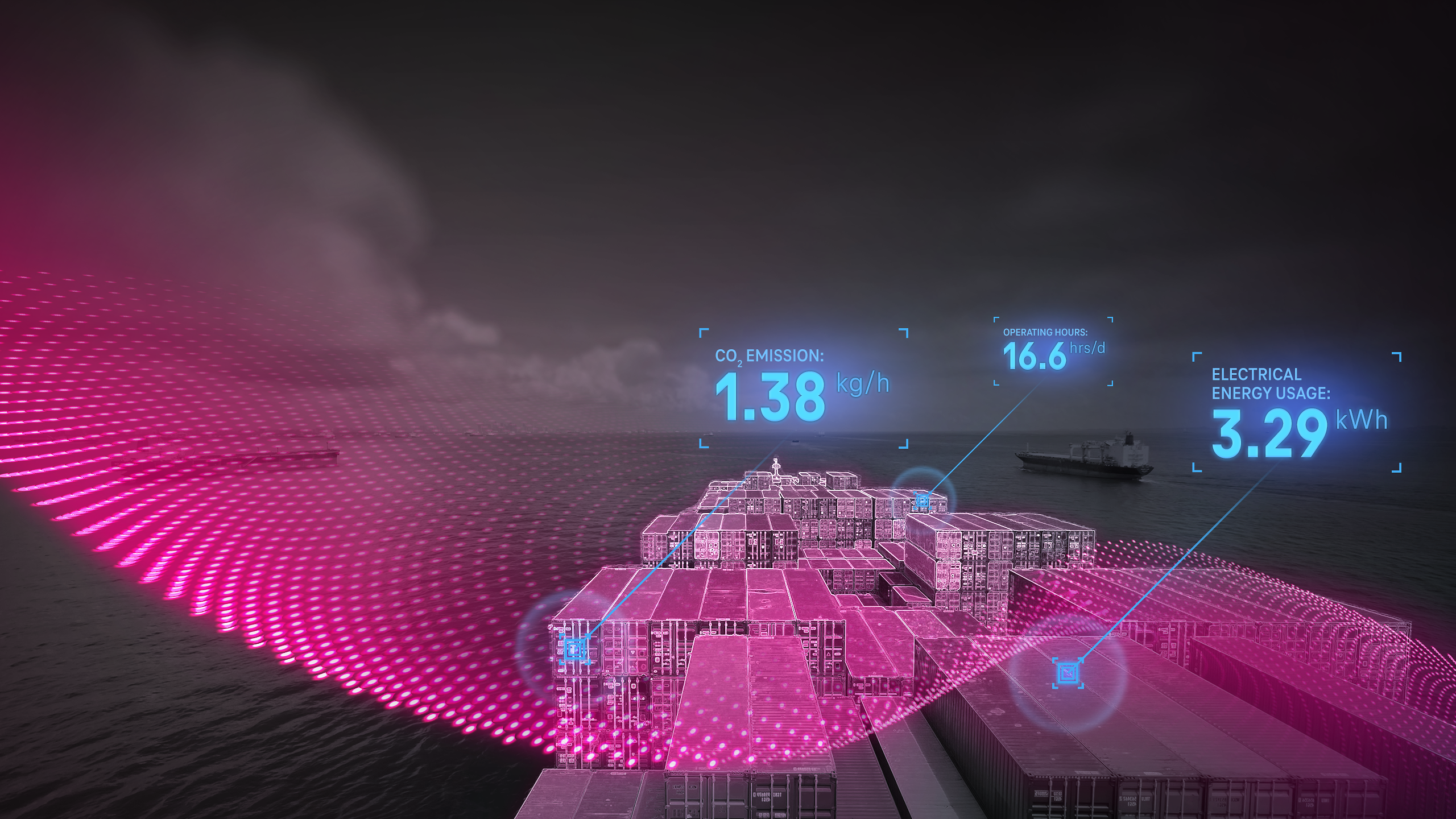Green IoT: Precise Positioning for the Environment
20.04.2022 by Ümit Günes

Precise positioning helps autonomous vehicles to find their way around, for instance. That is obvious. But can the technology be good for nature? A few examples from practice demonstrate that it can.
To understand why Green IoT technologies like precise positioning are so valuable it helps first to take a look at the situation in the (global) environment. How much importance do people in Europe attach to the environment nowadays? A lot, according to a 2020 Eurobarometer survey by the European Commission. For 94 per cent of respondents environmental protection was important. The greatest threats that nature faced, they said, included climate change, air pollution and the increase in littering. The figures are indeed alarming. Global warming already causes around 12 billion euros of damage a year in the European Union, as Frans Timmermanns, Vice-President of the European Commission, reported at the beginning of 2021. The European Environment Agency announced in December 2020 that in 2019 over 300,000 people were estimated to have died in the EU from the consequences of poor air quality. And the nature conservation association NABU says that around 380 tons of plastic a year flow into the North Sea from the Rhine River alone.
Yet even though people think environmental protection is important, nature is still suffering – and, increasingly, people are suffering too. So use must be made of every opportunity to conserve the environment, not just in Europe but all over the world. Modern IoT technology can help even if, at first glance, it may appear to be predestined for use in other areas. This is where precise positioning comes into play. Accurate to within a centimeter, high-precision GNSS (Global Navigation Satellite System) positioning enables autonomous robots, cars and other vehicles to navigate safely and precisely. But the solution developed jointly by Deutsche Telekom and Swift Navigation is suitable not only for directing goods and people from A to B; a number of companies are using it to do the environment a good turn by combating inter alia littering, climate change and air pollution.




